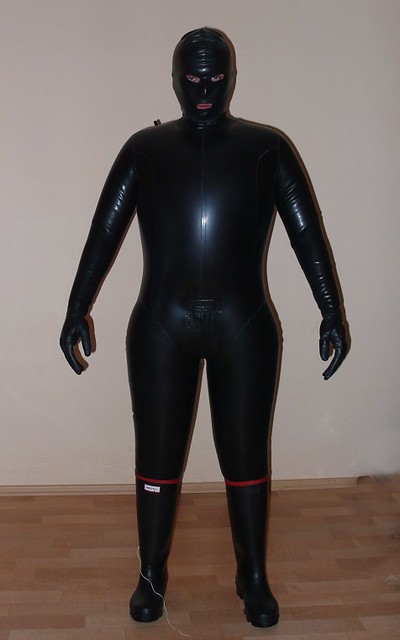- Mar 13, 2021
- 113
- 235
- 118
- If you're a qualified, trainee, or retired electrician - Which country is it that your work will be / is / was aimed at?
- United Kingdom
- What type of forum member are you?
- Retired Electrician
Quoting Electrical Safety First
"What classification code would be appropriate where, post January 2016, an insulated consumer unit is encountered in a domestic premises? If the consumer unit is located under wooden staircase or within a sole route of escape from the premises, a code C3 classification (meaning that improvement is recommended) would be appropriate. If located elsewhere, this might be worthy or not, but it would not be necessary to record this on the condition report."
So does/maybe Inspection schedule 4/4.4 get N/A as per BPG ??
Because the C/U shows no signs of thermal damage, and is not located under a wooden staircase, or within a sole route of escape.
So judged not necessary to record on the condition report.
With a note made to this affect in the comments section.
Just throwing this one out there for comment/opinions.
"What classification code would be appropriate where, post January 2016, an insulated consumer unit is encountered in a domestic premises? If the consumer unit is located under wooden staircase or within a sole route of escape from the premises, a code C3 classification (meaning that improvement is recommended) would be appropriate. If located elsewhere, this might be worthy or not, but it would not be necessary to record this on the condition report."
So does/maybe Inspection schedule 4/4.4 get N/A as per BPG ??
Because the C/U shows no signs of thermal damage, and is not located under a wooden staircase, or within a sole route of escape.
So judged not necessary to record on the condition report.
With a note made to this affect in the comments section.
Just throwing this one out there for comment/opinions.
Last edited:











